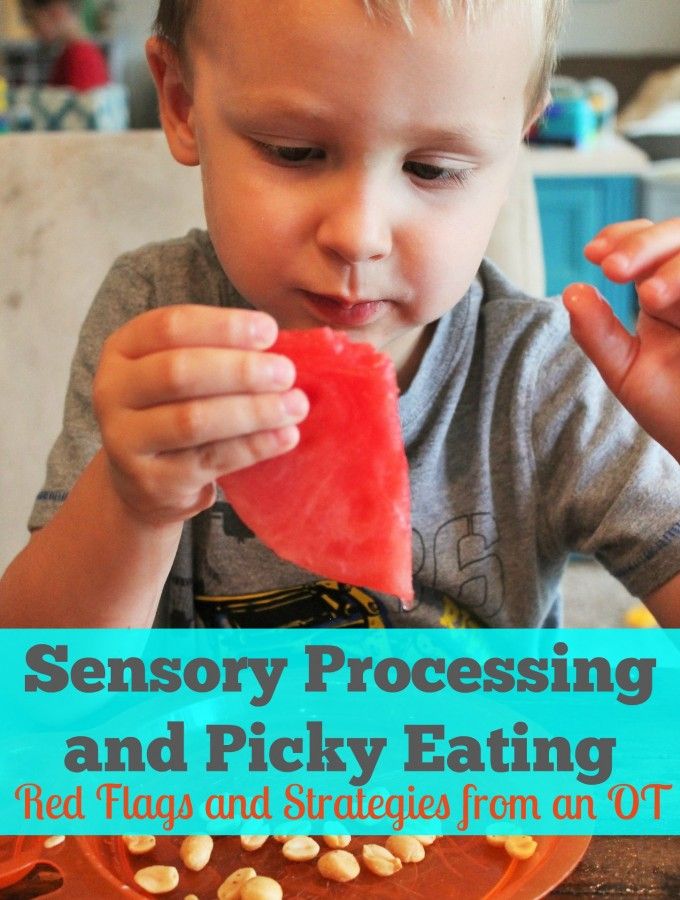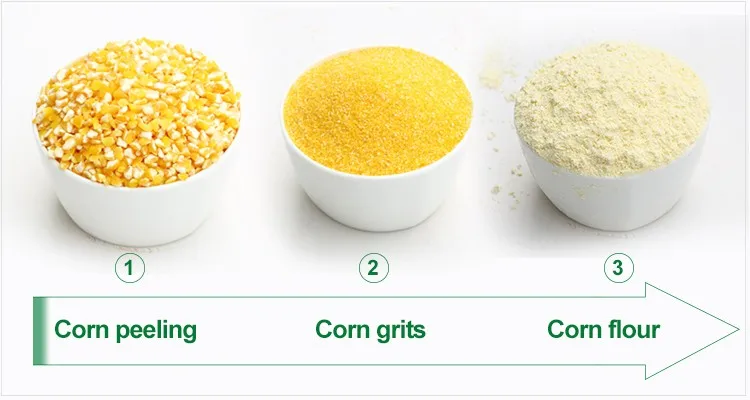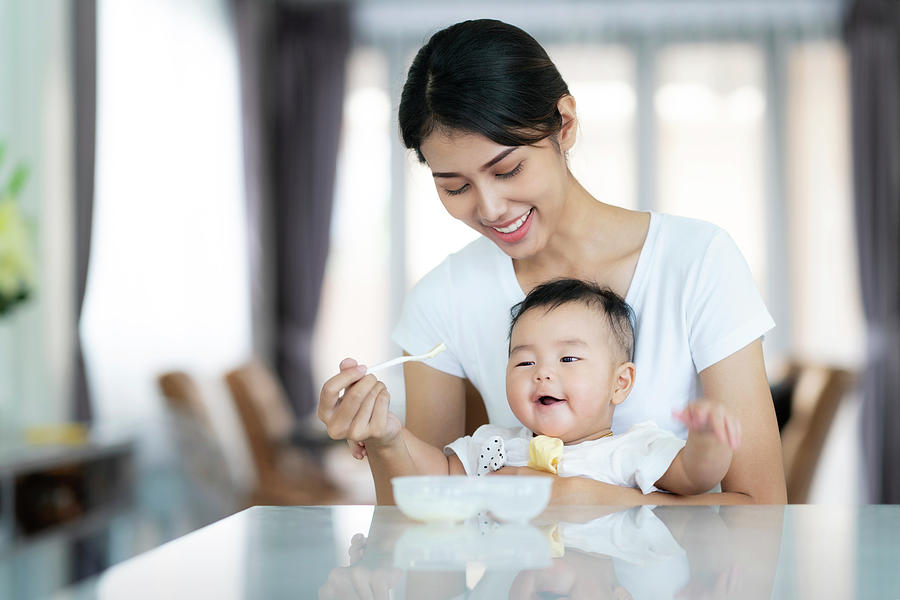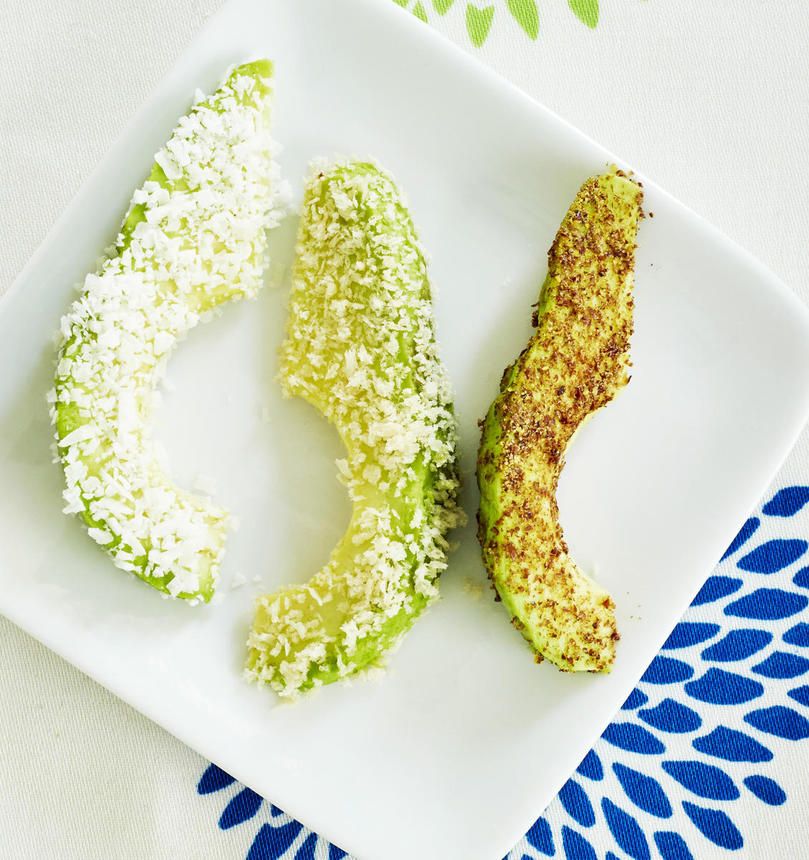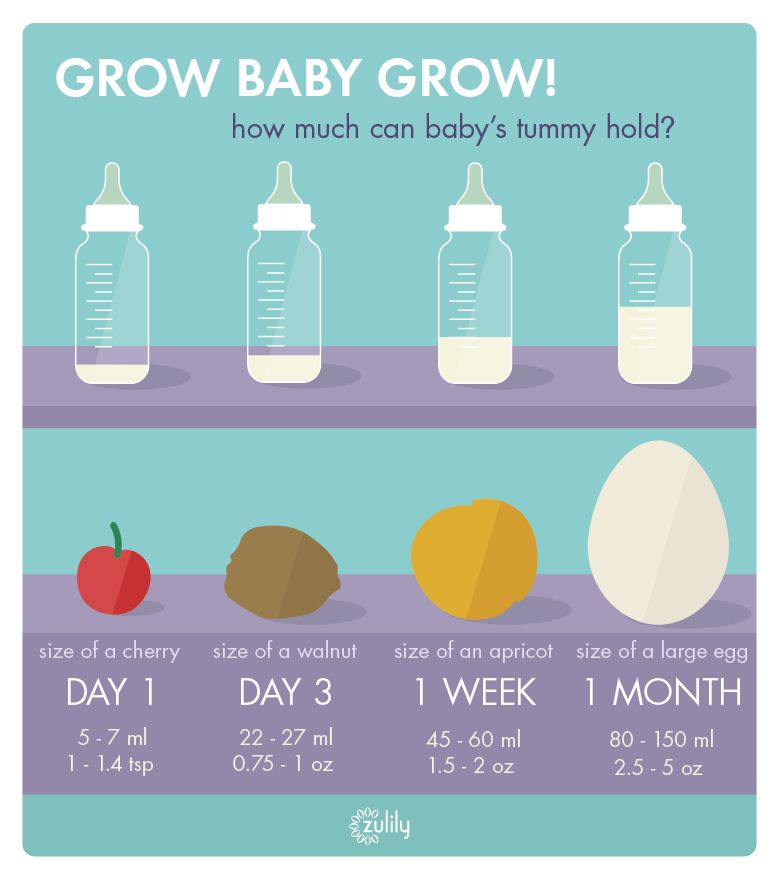Cost of homemade baby food
Cost Comparison: Baby Food | Feeding Our Flamingos
One of the most exciting steps you will take as your baby grows is introducing solids to him. It’s kind of fun to see the expression on baby’s face and to find out what he will do with a spoon. But the options for giving baby solids is somewhat overwhelming. You have to decide what age he will start eating, what he will eat, and whether you give him fresh or jarred. I want to help you make that choice easier by sharing my own experience with homemade baby food, and that’s why today I’m delving into the costs of baby food.
Pssst! You can see all my homemade baby food posts right here.
I haven’t done a cost comparison since Thanksgiving when I compared the cost of canned and fresh pumpkin puree. So I’ve really been itching to do another one, and I am so excited to share what I found about the cost of homemade baby food vs the cost of jarred baby food.
© tycoon101 / Dollar Photo Club
To make this comparison a lot smoother and easy to follow, I will only be comparing the cost of Gerber baby food from 3 different stores:
Walmart
Amazon. com
Target
For the homemade baby food costs, I am using all the data I gathered while feeding my daughter from 6 months through 11 months. All of this data can be found in the homemade baby food series starting HERE. I wish I had time to find out the costs of those purees more accurately, but I really think the data I gathered offers wonderful insight into how much you can expect to pay for homemade baby food.
Cost of Jarred Baby Food
In January I went to Walmart to write down the prices of jarred baby food. It took a lot longer than I expected, so instead of going to Target to gather prices I just went online. I got prices from Amazon in February and prices from Target just this week. I doubt the prices for baby food fluctuate too much, which is why I didn’t get all the prices at once. Plus, it really does take a lot of time to check all the prices.
Let’s do this!
Gerber 1st foods came out to an average price per ounce of $0.31 for the three stores.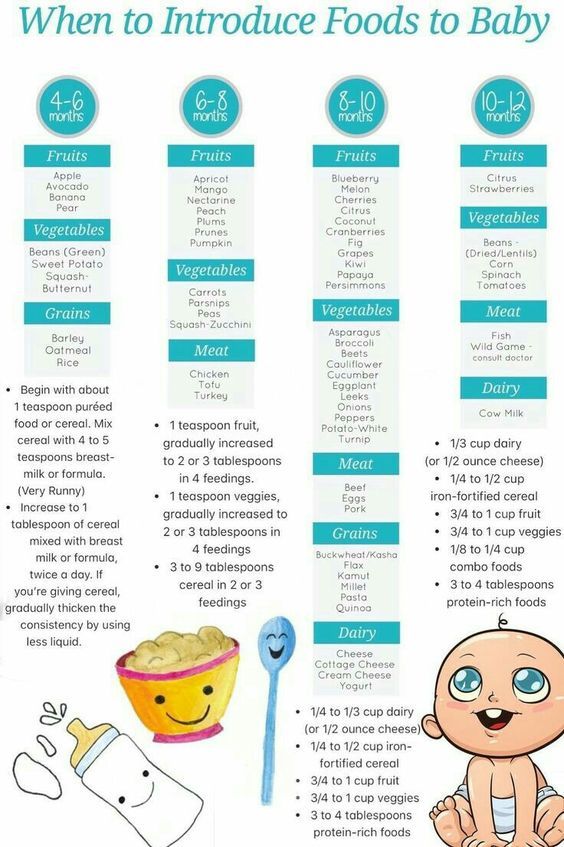 Amazon had the most expensive at $0.43 and Walmart and Target tied at $0.20 per ounce each.
Amazon had the most expensive at $0.43 and Walmart and Target tied at $0.20 per ounce each.
Gerber 2nd foods was $0.32 per ounce on average with Walmart being the cheapest ($0.15 per ounce) and Amazon the most expensive ($0.30 per ounce). The meat baby food for 2nd foods was most expensive on Amazon for $0.77 per ounce, while Walmart’s costs just $0.39 per ounce.
Gerber 3rd foods was the cheapest category for some reason costing only $0.18 per ounce on average at the three stores. Both Walmart and Target have them for as little as $0.12 per ounce, but Target also offers a more expensive kind for $0.30 per ounce.
Finally, Gerber rice cereal and oatmeal came out to an average of $0.39 per ounce at Walmart, Target, and Amazon. Amazon and Target actually came out the cheapest at $0.22 per ounce, but Amazon also had the most expensive at $0.95 per ounce for whole wheat rice cereal.
Overall, the average for jarred baby food at the three stores was $0.27 per ounce and the average for rice cereal and oatmeal was $0.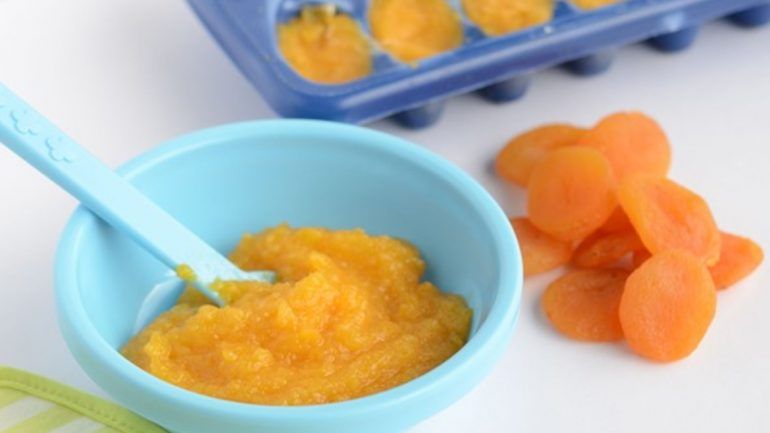 27 per ounce as well (I threw out the two most expensive because I don’t know why you would pay so much when you can get it cheaper at both Target and Walmart).
27 per ounce as well (I threw out the two most expensive because I don’t know why you would pay so much when you can get it cheaper at both Target and Walmart).
I’m just making a wild guess here, but I did some calculations and figured that by purchasing the cheapest priced baby food you could spend over $300 for the six months you are feeding your baby. And lots of people actually start feeding their babies at 4 months, so it could be more like $400+!
Cost of Homemade Baby Food
As I was making my daughter’s baby food, from July 2014 to January 2015, I kept track of how much I spent on all of it. It was a tedious process and I spent plenty of hours doing calculations, but now I get to share all that data with you to come out with my conclusion.
From apples down to quinoa, I listed the total cost, the # of ounces produced, and the cost per ounce in the chart on this PDF file. The average price for all of these foods came out to just 14.7 cents per ounce. That’s 12.3 cents per ounce cheaper than buying it. Keep in mind it is an average, so half of the foods cost less per ounce and half cost more per ounce.
That’s 12.3 cents per ounce cheaper than buying it. Keep in mind it is an average, so half of the foods cost less per ounce and half cost more per ounce.
The least expensive food I made for Bella was oatmeal at just 2.4 cents per ounce. The salmon was the priciest at 37.4 cents per ounce.
I want to remind you that I don’t shop with coupons and I rarely shop around. If there is a sale, I’ll take advantage of it if I need the food, otherwise, I don’t shop sales either. In other words, you can definitely make baby food for cheaper if you are smart about grocery shopping.
Here is the amount of money I spent making baby food from the first month down through the sixth month:
- $4.82 for 25 days
- $7.94 for 33 days
- $16.11 for 33 days
- $20.95 for 33 days
- $20.07 for 33 days
- $39.42 for 30 days
I spent $109.31 for 6 months worth of baby food! That’s less than $20 per month. Now doesn’t that look way more appealing than spending upwards of $300?
It’s obvious that if you have a baby who needs more food that you could spend twice as much as I did.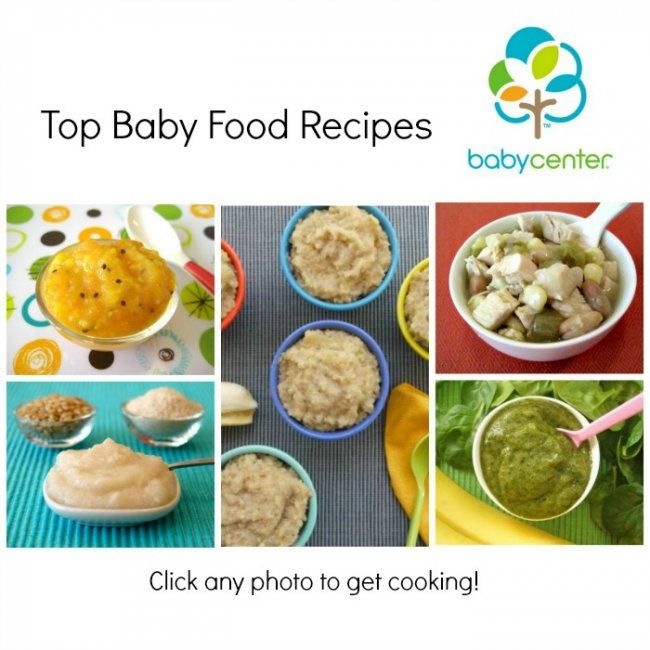 Or you could spend less, especially if you are a savvy grocery shopper.
Or you could spend less, especially if you are a savvy grocery shopper.
Pros and Cons of Both Sides
I’d like to bring up some things you should consider for both sides:
Jarred Baby Food
- There are other ingredients listed on the label.
- Your baby may not enjoy the taste and/or the food may taste really different from the fresh version.
- Commercial baby food is processed at very high temperatures in order to kill bacteria. That said, many nutrients can be lost with your baby losing out.
- You have to remember to buy the food while you are shopping.
- Baby doesn’t have to eat the whole jar. Follow your baby’s hunger cues for giving him the correct amount.
- It’s highly convenient and doesn’t require you to do anything more than pop the top.
- You get a collection of jars to keep and do what you would like with.
Homemade Baby Food
- You know exactly what is in it because you made it.
- You can make it with organic produce and meat and add your own spices, too.
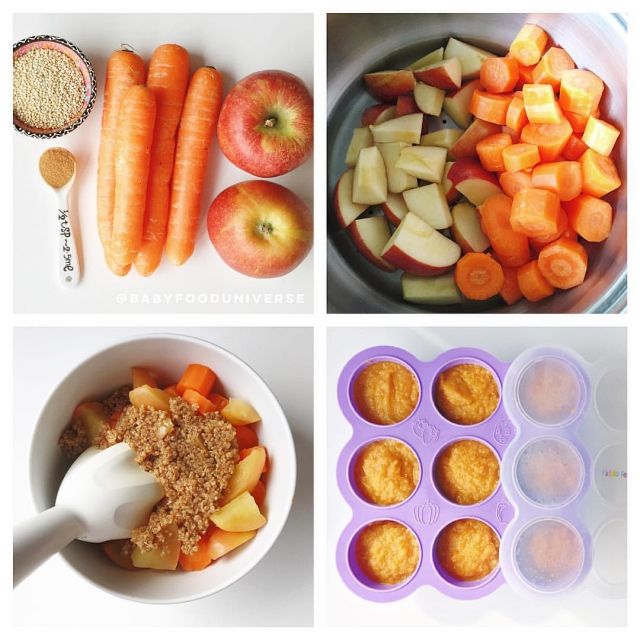
- Your baby will be able to taste fresh food.
- You decide the method of preparation for the food. Fortunately, you don’t have to overcook it in order to be safe.
- Your shopping list will become much longer (and you’ll definitely have to add your baby’s meals to the meal plan so you remember what she is eating each day).
- It’s really easy to give baby the correct amount of food because you can start out with a small amount and add more as needed.
- You will spend a good amount of time making baby food. I spent less than 3 hours per month making Bella’s baby food.
- You can freeze a lot of the baby food if you can’t use it in time.
It is highly satisfying, in my opinion, to give your baby food that you spent time and effort preparing. All in all, I can say that, for me, homemade baby food is worth it.
If you’d like details on my homemade baby food adventures, check out all the posts here.
- Author
- Recent Posts
Charlee Flaminio
I'm a mom of 3 on a journey to feed my family nourishing foods.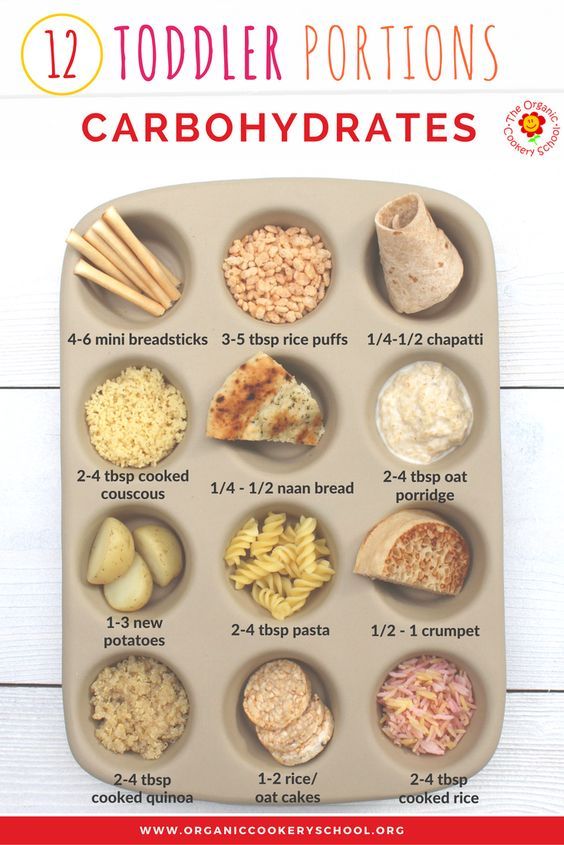 Personally, I believe you can cook healthy food and still have time for your loved ones.
Personally, I believe you can cook healthy food and still have time for your loved ones.
Latest posts by Charlee Flaminio (see all)
Making homemade baby food is likely easier and cheaper than you think
Newswise — A recent report from a House Oversight subcommittee revealed that commercial baby foods are “tainted with significant levels of toxic heavy metals, including arsenic, lead, cadmium and mercury,” a finding that sparked concern for parents across the country.
The report noted that toxic heavy metals could impact a baby’s neurological development and long-term brain function, but a registered dietician from The University of Texas Health Science Center at Houston (UTHealth) said the bottom line is that we don’t really know the impact toxic metals can have on child development.
“A lot of these metals are found in soil, like arsenic, but the U.S. Food and Drug Administration does not regulate baby food in terms of documenting the levels of the metals,” said Shreela Sharma, PhD, RD, professor with UTHealth School of Public Health.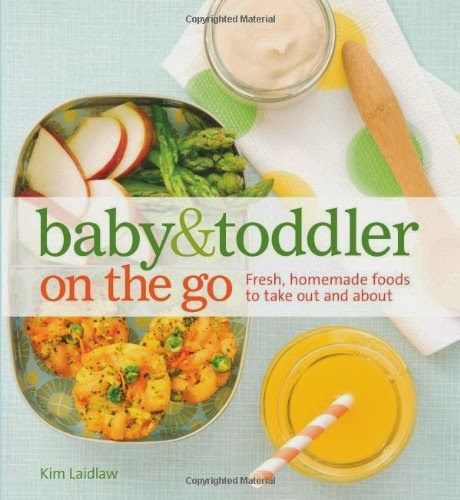 “So, we have gaps in knowledge on the impact of various levels of these toxic metals in food on human development and health outcomes. The fact that we don’t know doesn’t mean that the consumption of these foods can negatively impact health outcomes – there’s currently no scientific evidence to suggest that. The conclusion from the recent article is that we need more assessment and monitoring on what babies are consuming, especially since these foods have become a prominent source of nutrition for many.”
“So, we have gaps in knowledge on the impact of various levels of these toxic metals in food on human development and health outcomes. The fact that we don’t know doesn’t mean that the consumption of these foods can negatively impact health outcomes – there’s currently no scientific evidence to suggest that. The conclusion from the recent article is that we need more assessment and monitoring on what babies are consuming, especially since these foods have become a prominent source of nutrition for many.”
Making food at home removes many questions about the “unknown”
In the meantime, Sharma and nutritionists with UT Physicians say the easiest way to avoid some of the “unknowns” that come with packaged food is to prepare your own baby food at home.
“We know that it is always beneficial – for kids or adults – to eat primarily food that you or a family member has prepared so you know exactly what goes into it. This won’t put an end to concerns about metals that are found in soil until we have more data, but it does keep you from being exposed to the part of the manufacturing process that makes food shelf-stable,” Sharma said.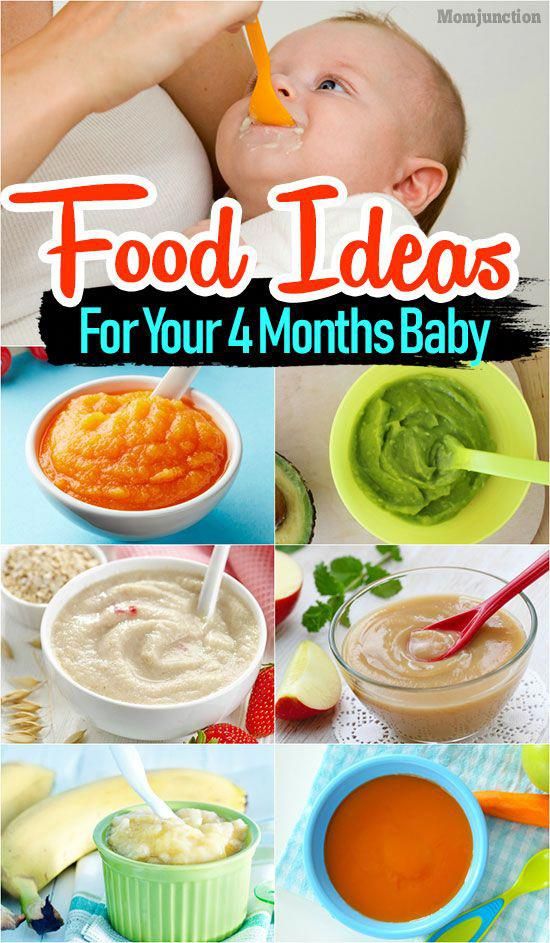 “If I mash up a pear for my child, that’s much different than buying pear baby food, because the mashed pear wouldn’t be able to sit on the shelf at the grocery store for weeks.”
“If I mash up a pear for my child, that’s much different than buying pear baby food, because the mashed pear wouldn’t be able to sit on the shelf at the grocery store for weeks.”
Know the history of convenience foods
Sharma said it’s important to understand the history of convenience foods and why they were developed.
“A lot of convenience foods were generated around World War II, when the U.S. Army was trying to create longer-lasting rations for soldiers, and it’s since evolved from there. They weren’t created to be staple foods that you consume at every meal every day. They were made for when you are in a bind or to supplement home prepared meals. Now those convenience foods are what some children are eating morning to night, and we don’t know yet what effect that will have on them, if any,” Sharma said.
Homemade baby food could reduce your grocery budget
In addition to knowing exactly what goes into food prepared at home, Sharma said making your own baby food can be more cost-effective.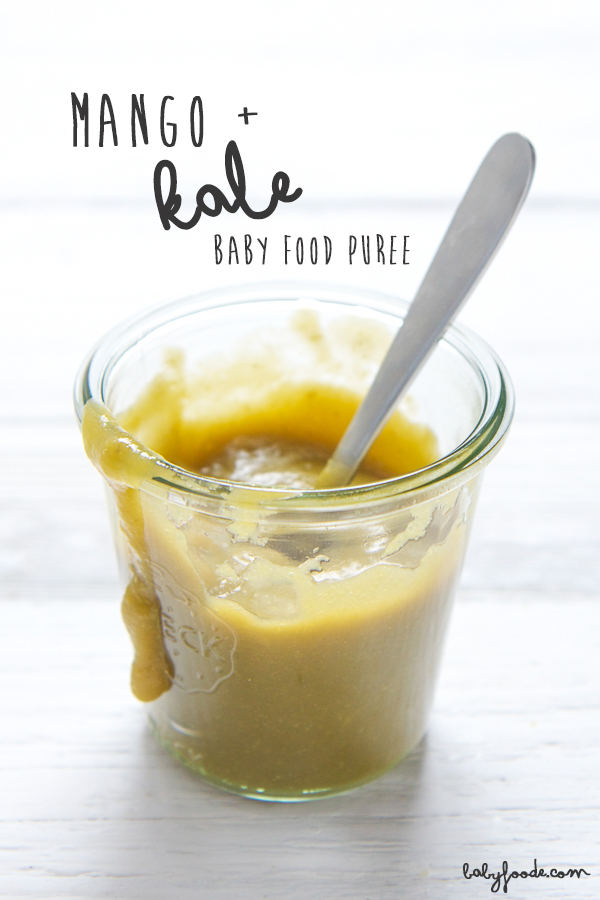
“One jar of baby food costs about $1, but if you made mashed potatoes, your baby could have them without butter and spices and that probably only costs a few cents – and now your family can enjoy what you made too. Babies and children often want to eat what you are eating. What better way to establish those mealtime routines that are so important to dietary behavior than serving them similar foods as the rest of the family?”
Sharma said shopping seasonally can also help save money on the grocery bill, as well as building your child’s palate.
“Explaining seasonal foods to your kids can be a great way to teach them about the seasons and get them interested in what foods your family is eating and buying,” Sharma said.
Use what you have to start
Starting your baby off with mashed versions of common fruits and veggies, like avocados and bananas, can be an easy way to get them acquainted with food.
Similarly, Sharma said the entire family of squashes and potatoes, including sweet potatoes, are great and highly nutritious.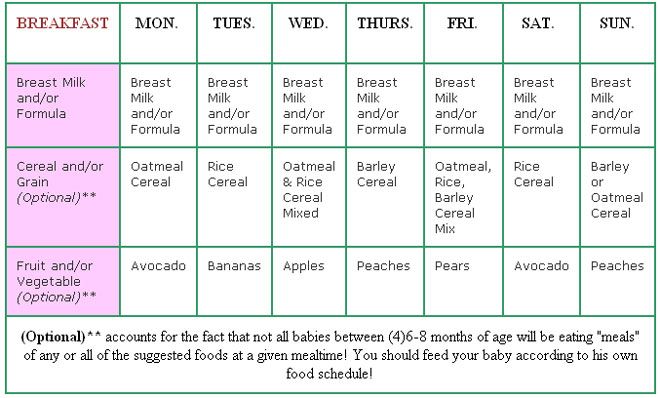 She said they can be steamed or roasted, but roasting really brings out the sweetness, and then all you have to do is mash it for your little one.
She said they can be steamed or roasted, but roasting really brings out the sweetness, and then all you have to do is mash it for your little one.
“You don’t even have to blend these foods. There is a common misconception that an expensive blender or special baby food blending system is needed to prevent the baby from choking, but mashing with a fork or blending with whatever blender or food processor you already have works just fine. When my boys were young, I would just mash or blend fruits and vegetables, put the mixture into ice trays, and freeze it. Then as I needed, I would thaw the cubes.”
She noted that starting with mashed or pureed foods, like avocado, and then progressing to chunkier pieces, and then slices, helps babies adjust naturally to different textures.
Planning is key
Sharma noted that any type of homemade meal prep requires proper planning.
“Your nutrition cannot compete with convenience. Cooking at home is never going to be as fast as going through a drive-thru or picking up premade baby food at the store, but that’s not the point.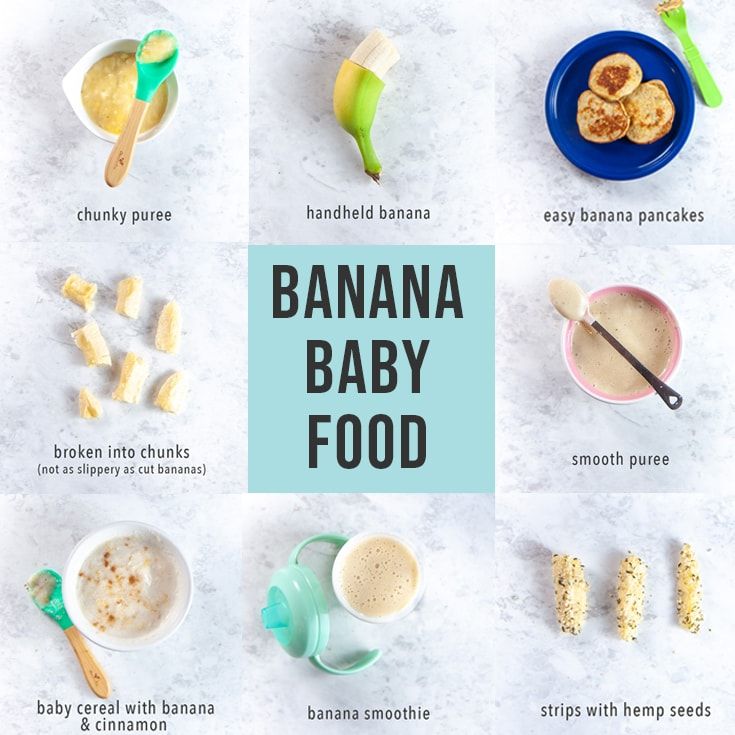 Integrating your child’s healthy diet as part of your regular mealtime routine so that they learn healthy eating habits is the point,” Sharma said.
Integrating your child’s healthy diet as part of your regular mealtime routine so that they learn healthy eating habits is the point,” Sharma said.
Sharma said she spends about an hour on the weekend planning her family’s meals.
“If we can find time to plan other things, this is certainly something that can also be done. As you’re planning dinner for yourself or your family, think through what components of your meals could be the baby food,” Sharma said.
Cooking at home also allows you to celebrate your culture.
“We cook a lot of Indian food at my house, and if I didn’t introduce that type of food, like lentils or spice, early on, I don’t know if they would like it as much as they do today. I would just give them some of the components of our meal with mild spice and then built upon that as they got older. Now they crave the Indian food I cook,” Sharma said.
Tips, tricks, and recipes for homemade baby food
As your baby advances past mashed fruits and veggies, the below are some helpful tips and tricks for making healthy and delicious food at home.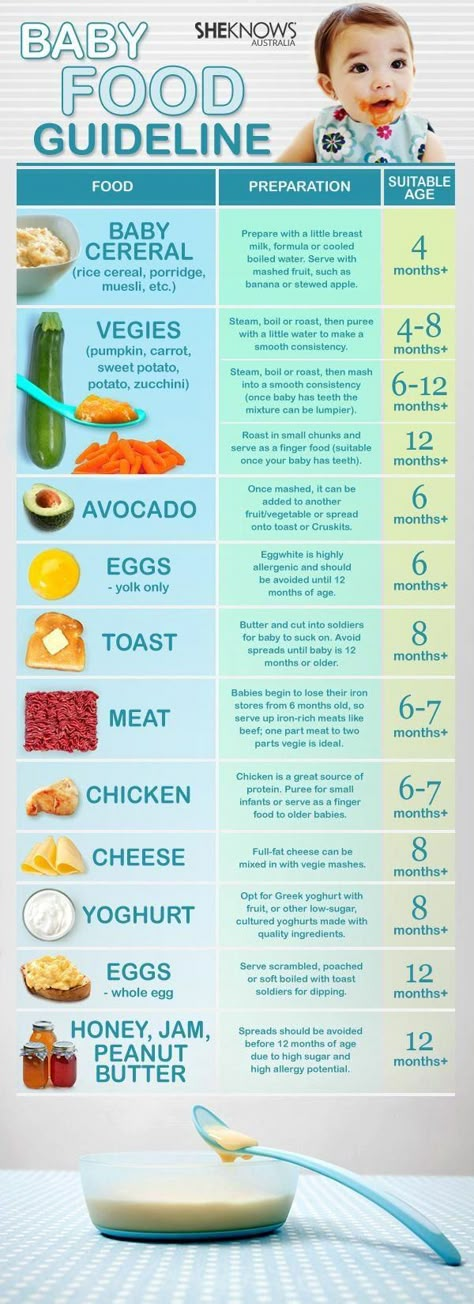
- Yogurt is a great binder, especially for blending fruits and berries. Coconut water can work well, too.
- Slightly overcooking foods like brown rice, lentils, and quinoa makes them soft and a great texture for babies. Brown rice can also be a great binder to blend with veggies.
- If shopping for the occasional convenience food, organic doesn’t always mean healthier. Make sure to read the ingredients and watch out for added sugar or added sodium.
- Homemade popsicles can be a fun way for children to enjoy fruits and veggies as a treat.
Below are two recipes for nutritious homemade baby food developed by Sharma.
Roasted Sweet Potato
Ingredients:
1 sweet potato
2 tablespoons water or breast milk
Directions:
Pre-heat oven to 400 degrees. Wash the sweet potato thoroughly and cut it in half. Wrap it in foil and bake for 1 hour. Peel the potato and place in a food processor or blender with water or breast milk.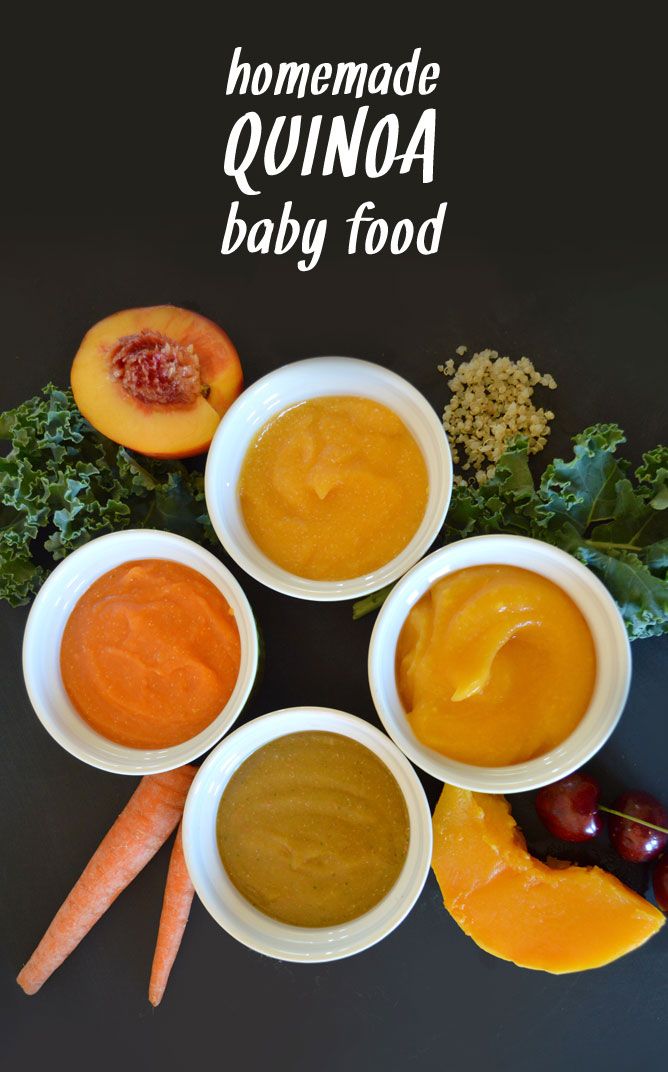 Blend until tender and ready to serve.
Blend until tender and ready to serve.
*This can also be done with regular potatoes and acorn squash.
*As your child grows, instead of blending, mash with a fork for a chunky texture or cut into cubes.
Steamed peaches
Ingredients:
2 large ripe peaches
1-2 tablespoons water or breast milk
Sprinkle of nutmeg (optional)
Directions:
Peel the peaches, remove pits, and cut them in half. Place them in a vegetable steamer for about 6 minutes until tender. Blend in a food processor or blender with desired amount of water or breast milk until a smooth consistency is reached. Consider adding a sprinkle of nutmeg for added flavor.
*Potatoes and peaches could be blended together to introduce a new flavor.
To contact a registered dietician or nutritionist at UT Physicians, call 888-4UT-DOCS.
Media inquiries: 713-500-3030
Catering in a private kindergarten "Winnie the Pooh"
Own kitchen!
Our chefs prepare tasty and healthy dishes on their own according to a specially designed menu.
Breakfast
Lunch
-
Vegetables according to the season
Portion weight: 60 gr. Energy value: 14 kcal.
-
Pea soup with beef and croutons
Portion weight: 250 gr. Energy value: 101.5 kcal.
-
Rye bread
Portion weight: 50 gr. Energy value: 95 kcal.
-
Chicken fricassee
Serving weight: 220 gr. Energy value: 353.6 kcal.
-
Buckwheat porridge (crumbly)
Portion weight: 160/5 gr. Energy value: 258.6 kcal.
Snack
Breakfast
-
Milk porridge (millet)
Portion weight: 200/5 gr. Energy value: 216.7 kcal.
-
Cheese-baked toast
Serving weight: 40/5/15 gr. Energy value: 182.4 kcal.
-
Green tea with sugar and lemon
Portion weight: 180/10/7 gr. Energy value: 42.2 kcal.
Lunch
-
Dried fruit compote with rose hips
Serving weight: 200 gr.
Energy value: 111 kcal.
-
Boiled rice
Portion weight: 200 gr. Energy value: 113.9 kcal.
-
Turkey cutlets
Serving weight: 70 gr. Energy value: 236.3 kcal.
-
Beef borscht
Serving weight: 250 gr. Energy value: 103.3 kcal.
-
Vegetables according to the season
Portion weight: 60 gr. Energy value: 14 kcal.
Snack
-
Boiled egg
Portion weight: 40 gr. Energy value: 78.7 kcal.
-
Vegetable salad (tomatoes, cucumbers)
Serving weight: 60/60 gr. Energy value: 14 kcal.
-
Tea with sugar and lemon
Portion weight: 180/10/7 gr. Energy value: 42.2 kcal.
-
Biscuits
Portion weight: 40 gr. Energy value: 166.8 kcal.
Breakfast
Lunch
-
Berry compote
Portion weight: 200 gr.
Energy value: 111 kcal.
-
Boiled pasta with vegetables
Serving weight: 150/5 gr. Energy value: 204.3 kcal.
-
Chicken soufflé
Portion weight: 80/5 gr. Energy value: 164.1 kcal.
-
Fish soup with potatoes
Portion weight: 250 gr. Energy value: 113.2 kcal.
-
Vegetables according to the season
Portion weight: 60 gr. Energy value: 14 kcal.
Snack
-
Shortbread cookies
Portion weight: 40 gr. Energy value: 166.8 kcal.
-
Tea with rosehip infusion
Portion weight: 180/10 gr. Energy value: 42.2 kcal.
-
Fresh cabbage salad
Serving weight: 150 gr. Energy value: 14 kcal.
Breakfast
-
Coffee drink with milk
Portion weight: 180 gr. Energy value: 93.3 kcal.
-
Butter and cheese sandwich
Portion weight: 40/5/15 gr.
Energy value: 182.4 kcal.
-
Milk porridge "Hercules"
Portion weight: 200/5 gr. Energy value: 235.1 kcal.
Lunch
-
Berry kissel
Portion weight: 200 gr. Energy value: 113.9 kcal.
-
Mashed potatoes
Portion weight: 180 gr. Energy value: 157.7 kcal.
-
Fish cutlet
Portion weight: 80/5 gr. Energy value: 147.2 kcal.
-
Chicken soup with vegetables
Portion weight: 250 gr. Energy value: 118.1 kcal.
-
Vegetables according to the season
Portion weight: 60 gr. Energy value: 14 kcal.
Snack
-
Tea with fresh mint and lemon balm
Portion weight: 180/10 gr. Energy value: 42.2 kcal.
-
Grated carrots
Portion weight: 50 gr. Energy value: 52.3 kcal.
-
Cheesecakes with condensed milk
Portion weight: 150/10 gr.
Energy value: 294.6 kcal.
Breakfast
-
Tea with sugar and ginger
Portion weight: 180/10/7 gr. Energy value: 42.2 kcal.
-
Milk porridge "Druzhba"
Portion weight: 200/5 gr. Energy value: 242.6 kcal.
-
Butter sandwich
Portion weight: 30/10 gr. Energy value: 137.1 kcal.
Lunch
-
Boiled beef goulash with gravy
Portion weight: 65/65 gr. Energy value: 270.3 kcal.
-
Vegetable puree soup with croutons
Serving weight: 250/5 gr. Energy value: 124.6 kcal.
-
Berry kissel
Serving weight: 200 gr. Energy value: 113.9 kcal.
-
Boiled rice
Portion weight: 200 gr. Energy value: 113.9 kcal.
-
Vegetables according to the season
Portion weight: 60 gr. Energy value: 14 kcal.
Snack
-
Fruits (bananas, apples)
Portion weight: 150 gr.
Energy value: 89.2 kcal.
-
Tea with milk or cream
Portion weight: 180 gr. Energy value: 87 kcal.
-
Baked pies (with egg)
Portion weight: 80 gr. Energy value: 118.7 kcal.
Five meals a day is included in the cost of a full day of stay in kindergarten.
A complete menu is an important factor on which the physical and mental development of the baby depends. For your little ones, we offer a balanced five meals a day (for a full day group):
- breakfast;
- second breakfast;
- lunch;
- afternoon tea;
- dinner.
For children prone to allergies, an individual diet is possible. We take a responsible approach to the nutrition of our pupils and prepare delicious homemade meals, not forgetting fresh fruits and vegetables.
- soups, cereals;
- fruits, vegetables;
- dairy products;
- meat, eggs;
- compotes and other drinks for children.
Kindergarten and nursery "Little Country" in Odintsovo
What do children get in the kindergarten "Little Country"?
Healthy eating, physical activity, walks, learning, educational games,staying in a social environment, will help the child to get all-round development.
Fundamentals of English
Game learning with immersion in the language environment. Results - from the first days of classes, thanks to a unique methodology, "I LOVE ENGLISH", with an emphasis on listening
More
Inventive thinking
We teach children to use new knowledge, to think not only logically, but also creatively. We form the ability to independently obtain the missing information to solve problems
More
Motivation for success
Determination of personal goals for the child's growth. Training in adequate assessment of the work performed by him, analysis of his own failures, search for optimal ways to solve problems
More details
Speech, diction, communication
Lessons with a speech therapist will prepare the child for reading. Not only speech skills will develop. While playing, the child will learn to communicate, make friends and show himself in a group, like a small personality
More
Friends, games, childhood, care
important for the child. This is fertile ground for learning and all-round growth
More
Physical education
Physical education strengthens the immune system, forms healthy habits. Dancing classes - improve coordination. A healthy, developed body from an early age is the basis of proper growth, active development
Senior
3.5 and older
Read more
Activities
Outside of classes, children learn to play together, make friends, learn personal hygiene and self-care skills, and acquire the skills of a culture of eating.
Learning English
Music lessons.
Choreography and rhythm.
Elementary
mathematical development
Numerous
developing activities
Creative activities (drawing, modeling, applications, floristry, origami)
Working hours of our kindergarten and nursery: Mon - Fri: from 8:00 to 20:00
Full day for children waiting in line at the municipal kindergarten in Odintsovo 17,800 rubles / month 8 00 - 20 00
Submit an application
Full day for children not standing in line to the municipal kindergarten in Odintsovo 20 800 rubles / month0411 - conditions are negotiated individually
- Mastering the language environment We start learning not with the rules and learning vocabulary, but with listening and communication from the very first lessons
- Auditory perception of information With the help of games, songs and skits, children perceive new information more easily! And listening to audio comics creates a huge base for mutual understanding in the classroom
- Elimination of speech errors Constant repetition in the classroom will allow children to master the correct version of speech, and the lack of correction by the teacher of speech errors in the lesson will prevent the appearance of a language barrier
- Fascinating assignments Regular listening to author's 10-15 minute audio lessons recorded by native speakers instill interest in learning English, ensure the accumulation of a large passive vocabulary and expressions, develop language guesswork and naturally form the correct pronunciation!
Read more
Why do parents trust us?
Safety
The first place in our kindergarten - nursery in Odintsovo is, of course, safety - we are very worried about our children. Our kindergarten is equipped with:
In our kindergarten - nursery in Odintsovo, children receive only proper nutrition - food for children is prepared by a professional chef with extensive experience in preschool institutions. Meals in the garden are five times a day, homemade and very tasty. Lots of fruits and baked goods. We cook everything ourselves, only from fresh products, we never use semi-finished products in cooking. Food for children is prepared immediately before consumption. In some cases, it is possible to individually adjust the menu for your child.
Symbiosis of standard and author's programs
We use not only well-known and generally accepted developing technologies and methods, but also our own author's developments, as well as manuals tested by many teachers and shown to be successful and beneficial for the development of children (Nikitin, Zaitseva, logical Gyenesh blocks, Kaye honeycombs, Kuizener sticks, etc.)
Convenient location
Our kindergarten - nursery is located on the territory of a closed residential complex in Odintsovo with a convenient entrance. Nearby is the exit from Odintsovo to the road to Moscow, which makes it easier to bring the child to the kindergarten in the morning and pick him up in the evening after work for both residents of Odintsovo itself and the surrounding areas - Dubki, the village of VNIISSOK, etc.
Affordable price
Enables families of almost any income to allow quality development and education of children. It is possible to pay for a visit to our kindergarten - a nursery in Odintsovo and VNIISSOK with maternity capital.
Health
Antibacterial protection
Children's health is no less important to us - in every playroom in our kindergarten - nursery in Odintsovo a bactericidal lamp "Dezar" is installed, which is responsible for the destruction of viruses. DEZAR bactericidal irradiators are specially designed for disinfection of premises in the presence of people. Decontamination efficiency reaches 99.9%. Destroys almost all microbes and viruses known today (including h2N1 swine flu, H5N2 avian flu, tuberculosis)
Clean air
In our kindergarten in Odintsovo, supply and exhaust ventilation is installed, which always provides the premises with fresh air in the absence of drafts! In addition, all rooms are also regularly ventilated. Wet cleaning in kindergarten is carried out at least 2 times a day!
Coziness and comfort
All premises of our kindergarten comply with strict legislation. A cozy, colorful interior was created specifically to make it interesting and comfortable for children to spend the whole day in our kindergarten nursery "Little Country" in Odintsovo.
Qualified educators
All our educators have a basic higher pedagogical education. Each group in our kindergarten in Odintsovo has several teachers, which allows them to work in shifts.
We take into account the personality of each child
For us, each child is a bright personality. All classes with children are selected in accordance not only with their age, but also with the level of their psychological and intellectual maturity (individual, group, by age, by preferences, by the way of perception of knowledge). Each child develops in his own way, and the teachers of our kindergarten create all the conditions to make this path as interesting as possible.
Children don't get tired of studying
In our kindergarten - nursery in Odintsovo, a special method of alternating workload and rest is practiced, which allows you to assimilate information as efficiently as possible and not overwork. Children relax by switching attention to other activities.
Team
Galina Anatolyevna Head of kindergarten
Svetlana Vyacheslavovna Teacher of the senior group
Ekaterina Yuryevna Speech therapist teacher
Daria Andreevna Teacher of artistic development of children
Natalya Borisovna Educator of the younger group, teacher of musical development of children.
Elena Yurievna Assistant teacher of the younger group.
Nadezhda Yurievna Teacher of the middle group and teacher of English.
Natalya Vladimirovna Assistant teacher of the senior group
Violeta Vasilievna Assistant teacher of the middle group.
Svetlana Grigorievna Kindergarten cook
View the entire staff
Parent reviews
FAQ
Frequently asked questionsWhat is your entry fee?
In our nursery school, we do not charge an entrance fee when accepting a child!
How many groups are in your garden?
There are 3 groups in our kindergarten.
How many children are in one group?
There are about 15 children in groups in our nursery.
Are there any hidden fees in kindergarten?
The cost of visiting our kindergarten "Little Country" in Odintsovo already includes everything, we do not charge any additional payments from parents!
Does the kindergarten have a walking area?
Opposite our kindergarten, we have made our own large fenced area for children to walk, equipped with all the necessary equipment.


